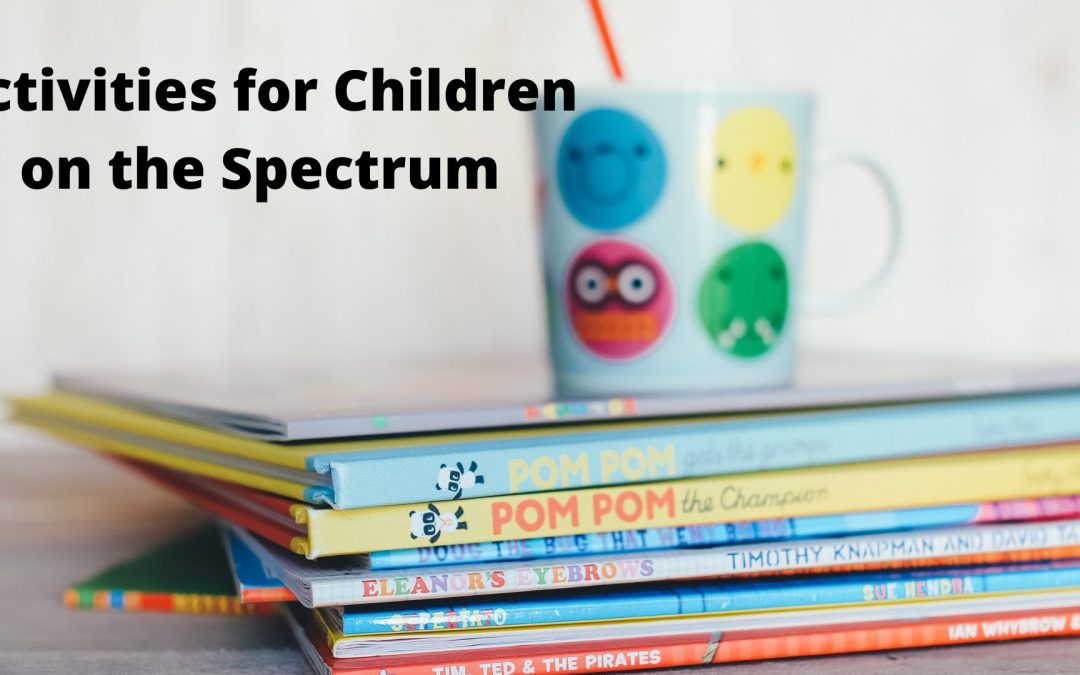Many parents with children on the spectrum are faced with a different challenge during these recent times. Ensuring your child is learning and also staying engaged can be difficult, whether your child is on the spectrum or not. But to really help your child succeed, they also need breaks that are engaging and allows them the chance to center their minds before learning more. What kind of activities are best for children on the spectrum?
Thriving vs. Pacifying
As you are already aware, raising a child on the spectrum has its challenges. Making sure your child is comprehending what you’re trying to tell them or teach them will be specific to your child, and how well they respond to certain stimuli. There’s also a big difference between everyday household products and toys or supplies specifically designed for autistic children. There are many supplies and items that may help you entertain your child, but at the end of the day, is it really helping them respond the best or interact the easiest? It may get the job done to keep your child engaged, but are they thriving with those items at all? Being able to provide the best in letting your child show their emotions properly or avoid outbursts is what you’re aiming for, right? Finding products designed for children on the spectrum may be your best bet.
Social Activities
Whether you’re teaching your child at home or wanting to increase their social skills, social games for children with autism is a great way to help them. Playing naming games can help your child in new social situations, remembering names and proper introductions. Going to children’s parties is a great way to play the game, and can help them form friendships down the road. Emotion cards can also help them recognize emotions that people may be experiencing, and how to properly respond. Using social activities can help your child build future interactions while taking a break from the traditional way of learning while at school.
Sensory Activities
If you’re wanting to get your child more active, there are multiple games and activities that are engaging without being overwhelming. Musical chairs or Simon Says are great activities to interact in a safe, quieter environment. Playing musical instruments may also help, if not too loud for some children with autism. Drums, shakers and rain sticks are fun and provide a different, lower key sound so it doesn’t become too much after a few minutes.
Creating activities and games that are more geared towards children on the spectrum can help set your child up for success. There are always going to be certain activities that all children respond to, but starting with games that cater to lower amounts of sensory overload can help your child feel more relaxed and excited for whatever comes next in their learning journey!
Katie Kyzivat

